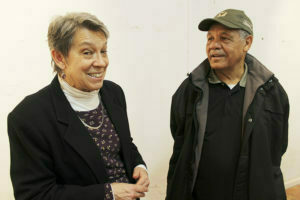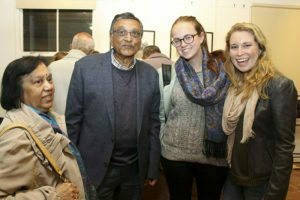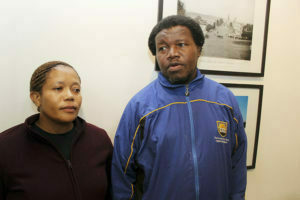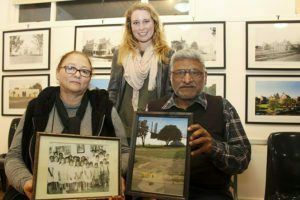The Group Areas Act of 1950 ravaged communities across South Africa. Names like District 6 and Sophiatown stain popular history textbooks, but never are places like Grahamstown mentioned. Despite being left out of the textbooks, the Group Areas Act eventually reared its ugly head in Grahamstown in the early 1970s.
Having the largest effect on Grahamstown’s Indian, Coloured and African residents, the Group Areas Act served to displace and destroy the very roots of these communities.
Tears slid down Harry Rama’s face as he recalled his own story of the Group Areas Act, “all for nothing”, he called it. Rama’s childhood home on Queen Street was repossessed by the government and bulldozed to the ground for redevelopment purposes. To this day, the plot where the home once stood remains completely empty except for an old avocado tree (that still bares no fruit).
“It was all for nothing!” Rama emphasised.
Rama shared his painful story at an event organised in part by the Rhodes University Department of History and third-year public history students. The students were required to embark on a social research project that looked to uncover the ways in which Grahamstown’s Indian community was affected by the Group Areas Act. Students interviewed local families and created websites showcasing the information to the public.


The event on 18 October took place at the Eastern Star Gallery, and was led both by students and Dr Julie Wells, head of the Isikhumbuzo Applied History Unit. Community members involved in students’ projects were invited to come and share their stories, old photographs, and newspaper clippings as a way to remember the forced removals of the Group Areas Act.
The event was a great success, and laid a strong foundation for future community work and student research on the impact and history of the Group Areas Act in Grahamstown.

For more information about students’ work, please contact Dr Julie Wells at j.wells@ru.ac.za.
Special thank you to the families who willingly shared their stories and their time; the Harjeven, Rama, Gopal, Daya, Narsai, Naran, Dullabh, Ranchod, and Sonne families.
Students involved in the project include: Heather Dixon, Carla Franco, Kelsey Lemon, Simon Wormald, Kathryn Cleary, Megan Vetch, Simone Smith, Gerald Kihara, Nondumiso Msezane, Mike Strong, Lauren Jones, Catherine Stratford, David Barry, Tristan Britz, Pax Matia, Lesedi Setlhogo, Juan Deenik, Kibira Kadenge and Chizi Katama.

Read Harry Rama’s moving account of his family’s experience of forced removals in Grahamstown here: http://bit.ly/GrocForcedRemovals



